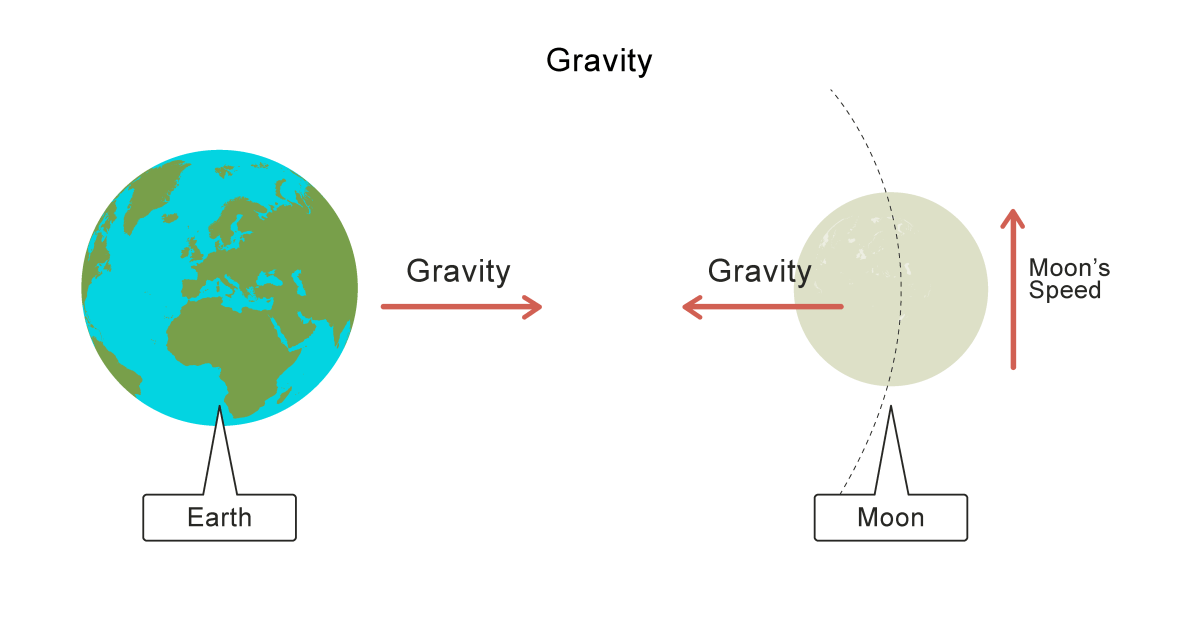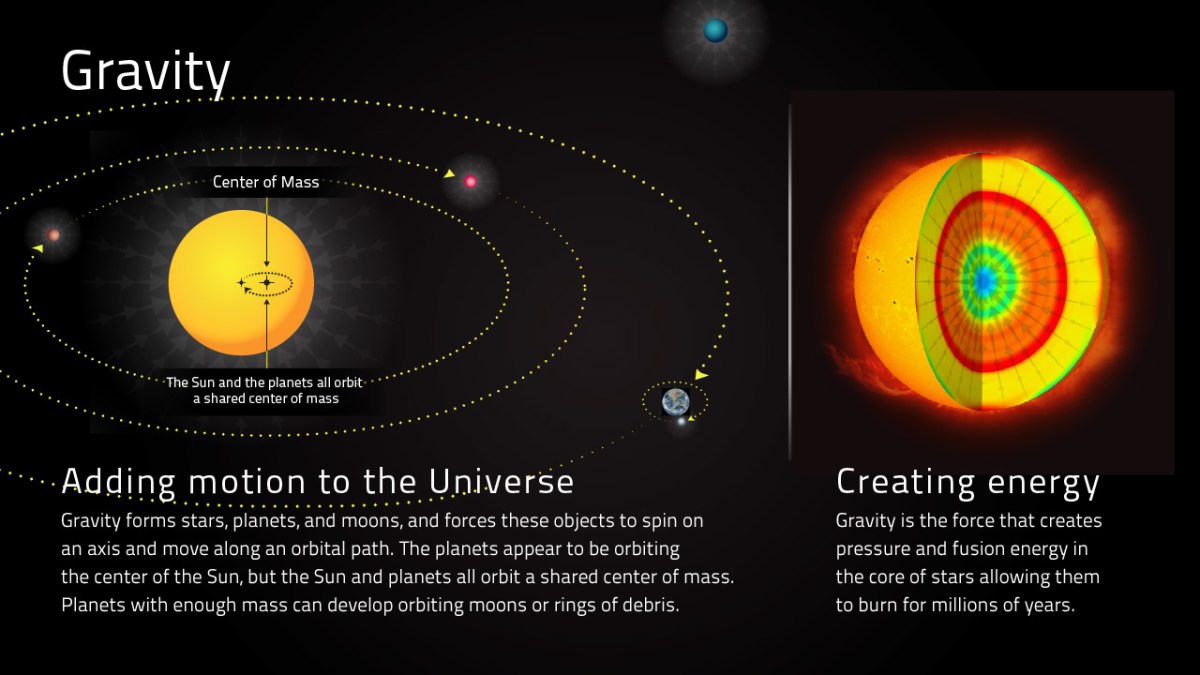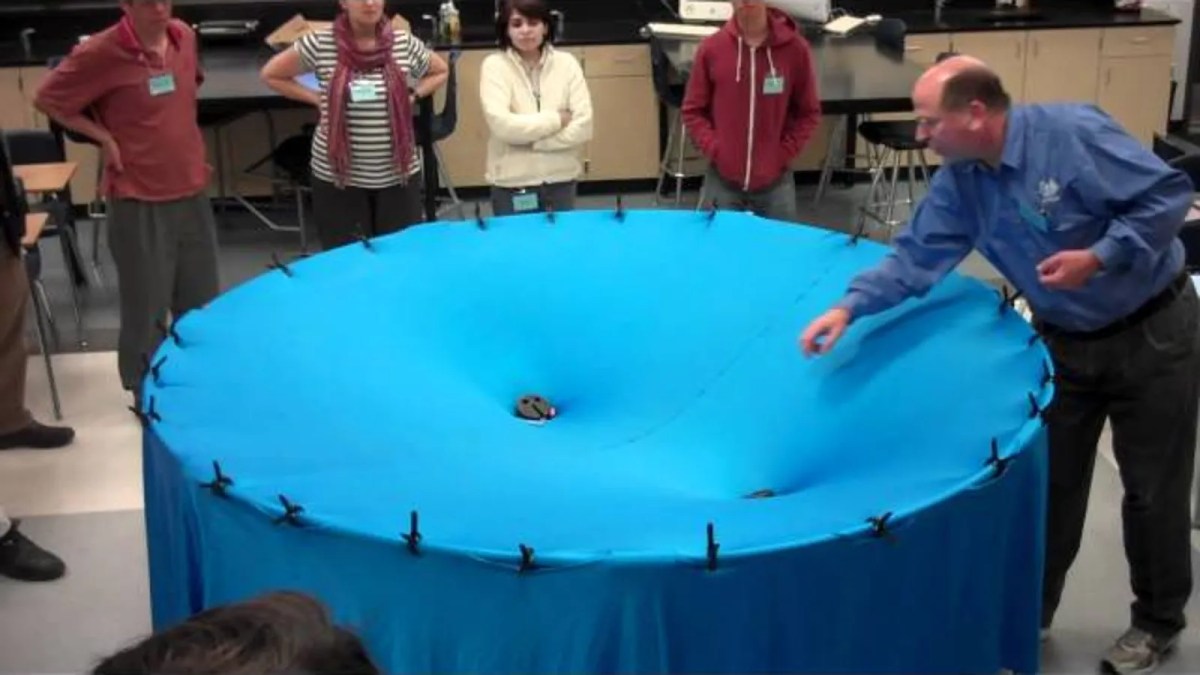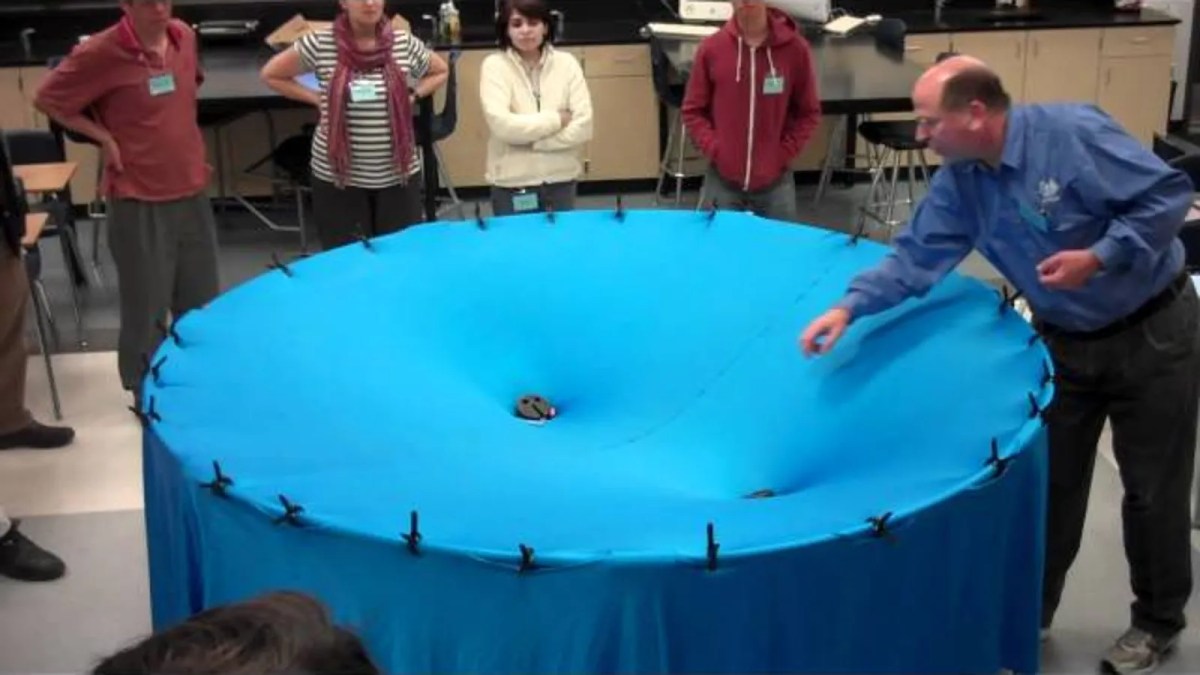Gravitic propulsion systems represent a radical departure from conventional rocketry, promising interstellar travel and unimaginable speeds. Instead of relying on chemical combustion or nuclear reactions, gravitic propulsion aims to manipulate gravity itself for propulsion. Imagine spacecraft effortlessly navigating the cosmos, warping spacetime to reach distant stars in a fraction of the time currently deemed possible. This exploration delves into the theoretical frameworks, technological challenges, and potential applications of this revolutionary concept, drawing on both established physics and imaginative science fiction.
Gravitic propulsion systems are still largely theoretical, but imagine the possibilities! Think about the speed needed to travel between planets – it’s a whole different ball game compared to the fast-paced action on the pitch, like what you’ll find in the latest news on Kobbie Mainoo and Alejandro Garnacho latest: Manchester United. Back to gravitic propulsion, the energy requirements alone are mind-boggling, highlighting the immense technological hurdles ahead.
We’ll explore the theoretical underpinnings, drawing on Einstein’s General Relativity and considering concepts like spacetime curvature manipulation. We’ll then tackle the immense technological hurdles – from energy requirements to materials science challenges – and examine potential solutions. Finally, we’ll contemplate the profound societal, military, and ethical implications of a successful gravitic propulsion system, painting a picture of a future fundamentally altered by our mastery of gravity.
Gravitic Propulsion Systems: A Deep Dive
Gravitic propulsion, the concept of using gravity as a means of propulsion, represents a potential revolution in space travel. Unlike conventional propulsion methods reliant on expelling propellant, gravitic propulsion aims to manipulate gravity itself to achieve movement. This exploration delves into the theoretical frameworks, technological challenges, and potential applications of this transformative technology.
Introduction to Gravitic Propulsion
Gravitic propulsion systems use the force of gravity to propel vehicles, unlike chemical rockets or ion thrusters that rely on expelling mass. The fundamental principle involves manipulating gravitational fields to generate thrust, potentially achieving speeds far exceeding those of conventional methods. Fictional examples, such as the Alcubierre drive in science fiction, depict faster-than-light travel by warping spacetime, showcasing the potential – though highly theoretical – possibilities.
Theoretical Frameworks for Gravitic Propulsion

Einstein’s General Theory of Relativity provides the theoretical basis for gravitic propulsion. It posits that gravity is a manifestation of spacetime curvature caused by mass and energy. Manipulating this curvature, either by generating artificial gravitational fields or warping existing ones, could potentially enable propulsion. Several theoretical models exist, including manipulating gravity waves or directly warping spacetime. A hypothetical gravitic engine might consist of a device capable of generating or manipulating strong gravitational fields, directing them to propel the spacecraft.
Its functionality would rely on precise control over the gravitational field’s strength and direction.
Technological Challenges and Potential Solutions

Developing a gravitic propulsion system faces immense technological hurdles. Significant breakthroughs are needed across multiple scientific disciplines.
| Challenge | Current Research | Potential Solutions | Estimated Timeline |
|---|---|---|---|
| Generating sufficiently strong gravitational fields | Research into exotic matter and negative mass | Development of advanced energy sources, breakthroughs in understanding quantum gravity | Centuries (highly speculative) |
| Controlling gravitational fields with precision | Development of advanced sensors and control systems | Advances in quantum computing, development of novel materials with unique gravitational properties | Decades to centuries |
| Energy requirements | Research into fusion and other advanced energy sources | Development of highly efficient energy conversion systems, harnessing dark energy (highly speculative) | Decades to centuries |
| Materials science limitations | Development of new materials with extreme strength and resistance to high gravitational forces | Advances in nanotechnology, development of metamaterials with tailored gravitational properties | Decades |
Energy requirements would be astronomical, potentially necessitating harnessing energy sources far beyond our current capabilities, perhaps even exploring exotic energy sources like dark energy.
Applications and Implications of Gravitic Propulsion, Gravitic propulsion system
Successful gravitic propulsion would revolutionize space exploration, enabling interstellar travel and opening up new possibilities for scientific discovery. The societal and military implications are profound.
Gravitic propulsion systems, a fascinating area of theoretical physics, are still a long way from practical application. Imagine the implications though! Learning about them might be impacted if, say, your physics classes are affected by events like those described here: Classes cancelled or moved online at Western University. Hopefully, research into gravitic propulsion will continue uninterrupted, even with such disruptions.
- Interstellar colonization and exploration
- Enhanced resource acquisition from asteroids and other celestial bodies
- Increased international cooperation in space research
- Potential for new industries and economic growth
- Ethical considerations regarding access to and control of interstellar travel
- Potential for military applications, such as rapid deployment of forces or strategic positioning in space
Ethical concerns regarding equitable access to this technology and its potential misuse are paramount.
Current Research and Future Directions
Several research institutions worldwide are exploring aspects of gravitic propulsion, though most research remains theoretical. The field requires substantial international collaboration to overcome the immense technological challenges.
A potential timeline for gravitic propulsion development is highly speculative, but significant milestones might include:
- Demonstration of controlled manipulation of small-scale gravitational fields (within decades)
- Development of advanced energy sources capable of powering a gravitic propulsion system (within centuries)
- Successful testing of a prototype gravitic propulsion system (within centuries)
- First interstellar voyage using gravitic propulsion (within centuries, if ever)
Illustrative Examples of Gravitic Propulsion Concepts
A hypothetical gravitic spacecraft might resemble a large, disc-shaped vessel with a central propulsion core generating a controlled gravitational field. Life support systems would be advanced and robust, and navigation would rely on highly precise sensors and sophisticated algorithms. The effects of prolonged exposure to high gravitational forces during travel would require detailed countermeasures, possibly including artificial gravity or advanced shielding.
Gravitic propulsion systems, while still largely theoretical, could revolutionize space travel. Imagine the possibilities if we could manipulate gravity! Funding for such ambitious projects might get a boost from initiatives like the one detailed in this report on canada january 2025 oas boost , which could indirectly support related advanced technologies. Further research into gravitic propulsion might unlock interstellar travel in the future.
A fictional manned mission to Mars using gravitic propulsion might involve a significantly shorter travel time compared to conventional methods. The spacecraft could rapidly accelerate to high speeds, reducing travel time to days or weeks instead of months.
Conclusion

The development of a gravitic propulsion system presents humanity with a breathtaking opportunity to explore the universe on an unprecedented scale. While the technological challenges are immense, the potential rewards—interstellar travel, new resource acquisition, and a deeper understanding of the cosmos—are equally staggering. The journey towards this ambitious goal requires sustained research, international collaboration, and a willingness to tackle some of the most fundamental questions in physics and engineering.
The future of space exploration, and perhaps even humanity itself, may hinge on our success in harnessing the power of gravity.
Commonly Asked Questions
What is the difference between gravitic propulsion and other propulsion methods?
Unlike chemical rockets or ion thrusters which rely on expelling propellant, gravitic propulsion manipulates gravity itself for thrust, potentially offering vastly higher speeds and efficiency.
Could gravitic propulsion be used for travel within our solar system?
Absolutely! While interstellar travel is the ultimate goal, gravitic propulsion could significantly reduce travel times within our solar system, making missions to Mars and beyond much more feasible.
What are the potential dangers of gravitic propulsion?
Unforeseen consequences of manipulating spacetime are a major concern. The intense energy levels required could also pose risks to both the spacecraft and its crew.
Is there any current research into gravitic propulsion?
Yes, several research institutions are exploring theoretical aspects and potential technologies related to gravity manipulation, although a fully functional system remains far in the future.
